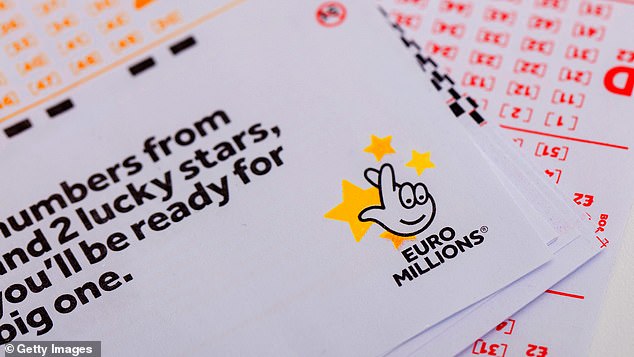Britain’s biggest cash savers have racked up interest worth an average of £3.2million each on their savings pots.
There are 50 cash savers in the UK who built up this huge amount of average interest on their savings in the financial year 2022-23, the last for which most recent data is available.
That is according to information from His Majesty’s Revenue and Customers, acquired via a Freedom of Information request by the money app Plum.
Assuming a typical high street interest rate of 2 per cent, a saver today would need a cash pile of around £160million to generate this kind of interest.
But someone with one of the top easy-access accounts could be earning as much as 4.6 per cent, meaning they’d need a pot of £69.5million
However they earn it, these savers will lose almost half of their interest to savings tax.
Someone earning savings interest of £3million would be handed a £1.4million tax bill, assuming they are additional rate taxpayers and have no other source of income.
This is because additional rate savers do not get a Personal Savings Allowance and pay savings tax in full on interest. They are also £159,980,000 over the annual £20,000 tax-free cash Isa allowance.

Big winners: Plum says some of the savers with millions stashed away are likely to be lottery winners, while others might have inherited estates or sold a business
How much are savers taxed on interest?
The personal savings allowance allows savers to earn up to £1,000 of interest tax-free, but is only for basic rate taxpayers.
Higher rate tax payers see it halved to just £500 and additional rate tax payers have no tax-free allowance at all.
If you go over your allowance, you will pay tax at your usual income tax rate.
> How the personal savings allowance and savings tax work
The savers earning more than £3million interest on their savings are most likely to be lottery winners, heirs to vast estates or entrepreneurs who have sold a thriving business, according to Plum.
But thousands of savers with more modest sums tucked away are facing annual tax bills in excess of £10,000 on their interest.
The data released by HMRC to Plum relates to interest earned solely from UK banks and building societies by taxpayers who completed a self-assessment return.
There were 550,000 taxpayers who earned in excess of £1,000 interest, the threshold at which a basic rate taxpayer would begin paying tax on interest.
The average reported interest was £430, not including taxpayers who had no liability.
Some 58,000 savers earned more than £10,000 interest on their cash, including 24,000 who reported interest of more than £20,000, and 6,000 whose interest was in excess of £50,000.
There were 2,000 savers whose cash savings generated interest of more than £100,000, which at today’s typical high street interest rate would require deposits of at least £5million.
A higher rate-taxpayer with more than around £14,500 in savings would breach their tax-free savings allowance this tax year, according to rates scrutineer Moneyfacts Compare.
Record numbers of people have been pulled into the higher tax band, which means their tax-free savings allowance is slashed – and they will lose 40 per cent of interest above it to tax.
The number of higher rate tax payers is set to balloon to more than 7million as thresholds remain frozen, figures from HMRC show.
HMRC expects to collect £6.1billion in tax on savings in the 2025-26 tax year. Of this around £1.3billion is expected to be from higher-rate taxpayers.
Additional rate taxpayers, meanwhile, are expected to foot 70 per cent of the bill paid in savings tax at £4.2billion.











